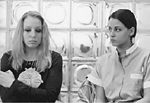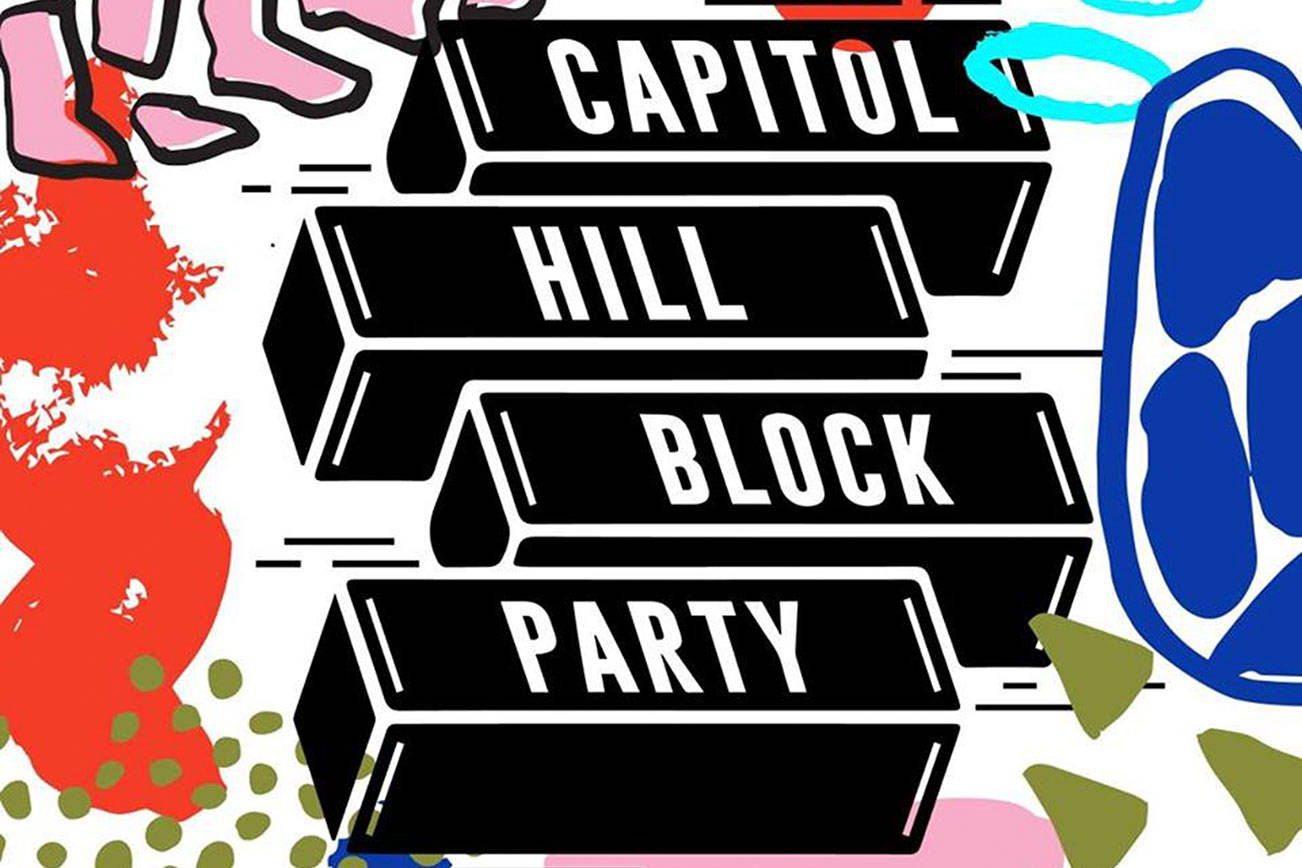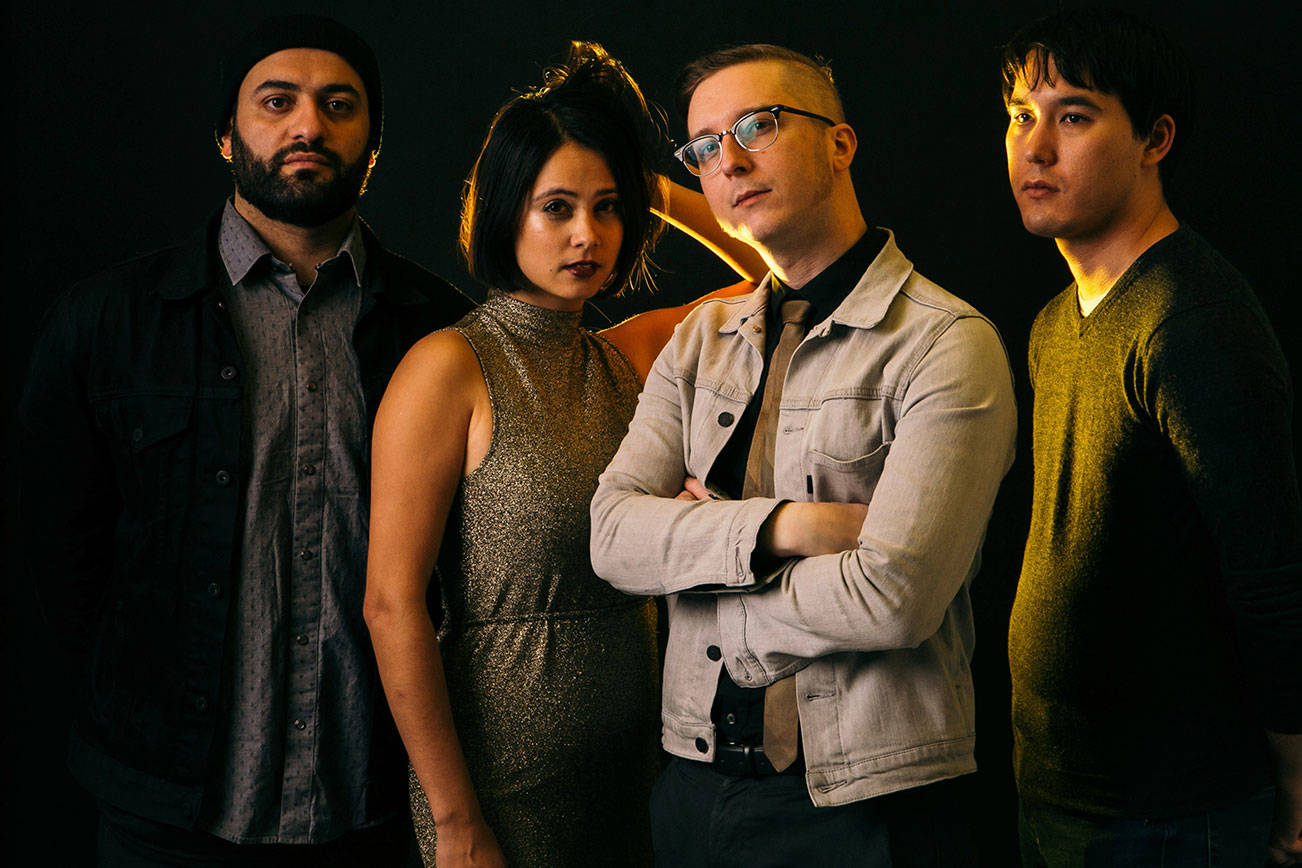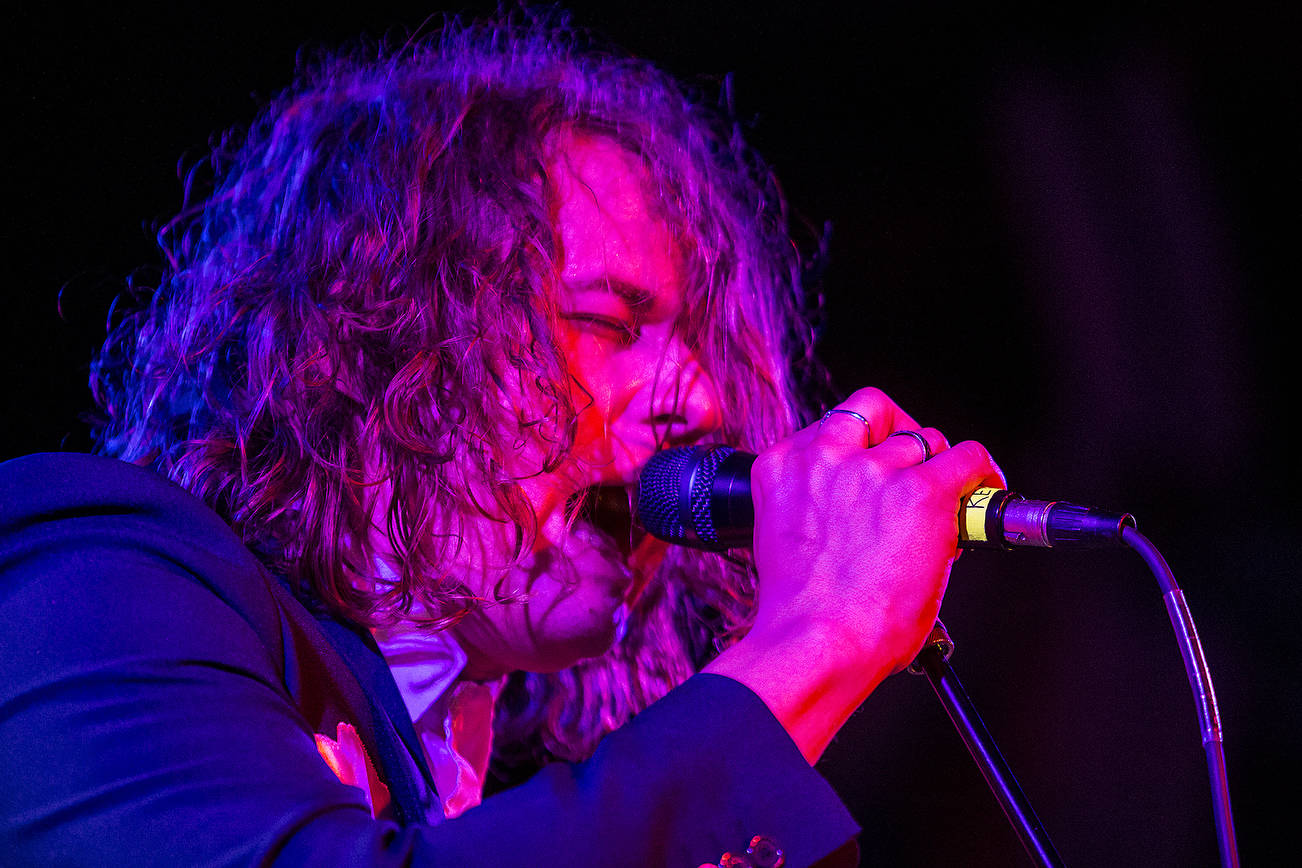IT ALL STARTED with a riot. For five days in July 1967, downtown Detroit became a battleground for police and roaming mobs of angry black youths. By the time the violence dissipated, more than 40 people were dead and 7,000 had been arrested. Well over a thousand buildings in a 14-square-mile area had been destroyed by fire and vandalism. Though the city’s economy, reliant on the auto industry, hadn’t yet hit its late-’70s tailspin, Detroit never recovered. The annual arson-fest known as Devil’s Night, which peaked in 1984 with a record 810 fires, didn’t help. Riots even exploded out of moments of celebration, after Detroit teams won the World Series in 1984 and the NBA championship in 1989. They don’t call it the Murder City for nothing.
The Go
Whatcha Doin’ (Sub Pop)
Outrageous Cherry
Out There in the Dark (Del-Fi)
“There’s a statue by the waterfront of a giant iron fist, just looking very aggressive and menacing,” says Detroit singer and guitarist Matthew Smith. “I think it showed up in the late ’70s or early ’80s. It’s dedicated to [boxing champ] Joe Louis, but it has this other significance—it’s kind of like the opposite of having a big peace sign on the street.”
Racially segregated, vacant, rusty, and charred, the Motor City stands as a smoldering example of the burned-out American dream. “It’s the weirdest place you can imagine,” Smith notes. “There are pockets of Detroit that are more of an integrated community. But most of Detroit is just impoverished and messed up. It looks like some sort of Raymond Chandler nightmare that someone dropped a neutron bomb on.”
When you’ve been written off—when people expect absolutely nothing from you—you can do whatever the hell you want. And you have to amuse yourself. From Detroit’s 1980s industrial wasteland, techno bubbled up—modern soul courtesy of cheap samplers and escapist impulses. Less well-known are the city’s current crop of rock bands, who draw from the rich legacy of Andr頗illiams, Motown, George Clinton, the MC5, and the Stooges.
“In the ’70s, Detroit was a whole different environment,” recalls the 36-year-old Smith. “Motown was here, and you had this AM station in Windsor [just across the Detroit River] called CKLW—because they were in Canada they were able to broadcast with like a million watts or something. You could pick it up all the way down in Tennessee. So Detroit of the late ’60s and early ’70s was where they broke records that later got played all over the country.”
Then Motown left, and the AM top-40 format just about vanished. Through the ’80s, Detroit remained an impossible place to be a musician. “Anybody then who was doing anything good was either locked in their bedroom or locked in a mental institution,” Smith jokes.
Yet the city’s rock scene seems to have bounced back with its gritty, reckless, and idiosyncratic soul intact. “This whole tradition of Detroit being a place that produces these intensely individualistic outsider musicians—it’s a tradition that goes back to the ’40s at least—that tradition is still here,” Smith claims. “There’s definitely a direct thread between what all these people in Detroit are doing now and what people were doing back then, and an awareness of where they’re coming from, too.”
Among the aware are the four members of the Go, all in their early 20s, whose raucous Sub Pop debut, Whatcha Doin’, was produced by Smith. Despite his youth, Go frontman Bobby Harlow identifies strongly with Detroit bands past—particularly the mercurial, iconic MC5. “There’s a lot to know,” he says about the city’s history. “And there’s a lot that’s not documented. Like, we just worked with Leni Sinclair [photographer and wife of former MC5 manager and White Panther John Sinclair]. She did tons of the MC5’s photos, but she also documented, like, the Detroit Riots, and she’s working on getting her stuff published. Really, I’ve never seen pictures of the Detroit Riots—which is strange.”
The Go even enlisted the White Panthers’ house artist, Gary Grimshaw, to design a logo for them, and they’ve discussed playing a benefit for the planned documentary MC5: A True Testimonial. Among the filmmakers’ footage is the band’s legendary appearance at Abbie Hoffman’s “Festival of Life,” the counterculture’s response to the 1968 Democratic Convention. Thanks to an overzealous police presence, the show, held in Chicago’s Lincoln Park, devolved into rioting. The Five’s Wayne Kramer has often described to interviewers how he played his guitar to the beat of police helicopter blades that day.
HARLOW’S PASSION FOR eras gone by shouldn’t be confused with arid nostalgia. Whatcha Doin’ nods to the Stooges, the Fugs, and Creedence Clearwater Revival, but as fully digested influences, not as note-by-note templates. Smith was convinced that the Go were the real thing the first time he saw them play. “Other people were like, ‘This band, they don’t have their shit together, they can’t tune their guitars, they don’t have songs. . . .'” he recalls. “And I was telling people, ‘This band is the best band I’ve ever seen in Detroit in my whole life.'”
And Smith’s seen a lot of bands in Detroit—everything from the languid, ambient wash of Windy & Carl to the squalling minimalism of the Demolition Doll Rods. He’s played with acclaimed eclectic Warren Defever of His Name Is Alive fame, and his own group, Outrageous Cherry, specializes in perfectly crafted fuzz-pop valentines. “There are a lot of people who are working on entirely different sounds—who seem to be working in isolation and aren’t really following anyone else’s trends,” Smith says of the city’s current scene. “The interaction of all these bands is what makes it interesting to me.”
Smith’s interest led him to release a compilation of local bands on his own label, Detroit Electric, in 1995. Lighting a Match Underwater contains 14 songs that range from muddy sonic blues by Rocket 455 to warped new wave by Godzuki. Harlow and his bandmates also found inspiration from fellow Detroit bands while hanging out at bars like the Magic Stick and the Gold Dollar. “Before we started playing, we saw bands like Rocket 455 and the Detroit Cobras, which really turned us on ’cause it was exactly what we were trying to do,” he recalls. “It was impressive to see other bands that were going in the same direction.”
Together for about a year and a half, the Go has never ventured outside of Detroit. Outrageous Cherry, who’ve been playing since 1992, just visited the West Coast for the first time about a month ago. With a masterful fourth record, Out There in the Dark, due soon on Del-Fi, Smith hopes his band will finally reach a wider audience. As for his label, Detroit Electric’s only other release so far is Michigan Babylon, a 1998 album by Kim Fowley, the shadowy Svengali behind teen-queen rockers the Runaways. The record’s improvisational curiosities reach their heights in the closing song, “Detroit 2000,” on which Fowley sings in nasal, Dylanesque tones, “You told me ’bout Devil’s Night and when Motown grooved/So why did everybody leave? Why did everybody move? Tell me where that Nugent went/Why isn’t Bob Seger around? Tell me, tell me who shot Car City down?”
A tough town, Detroit. “The musicians who come out of here are outside of society to some extent,” Smith says matter-of-factly. “That’s a constant factor that I hear in all the Detroit records, going back to the old Fortune Records in the ’50s, through George Clinton, and then the Stooges and the Five. There’s this certain attitude that I just keep seeing again and again in all these younger musicians coming up.”
Harlow, for one, knows where the attitude comes from: “I just feel like rock and roll is in our blood. I really do. I feel like Detroit rock and roll was so important. And I think it still is.”
Burn, Detroit, burn.






